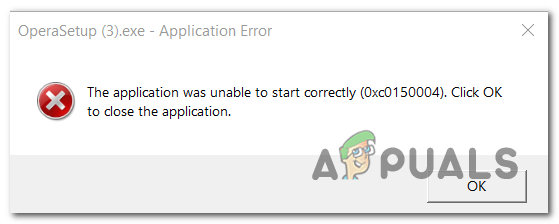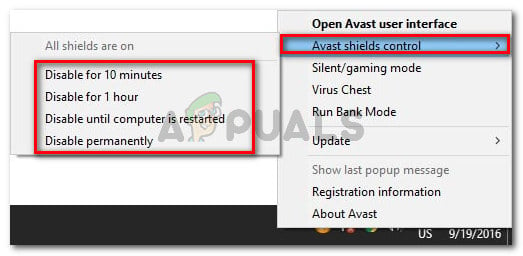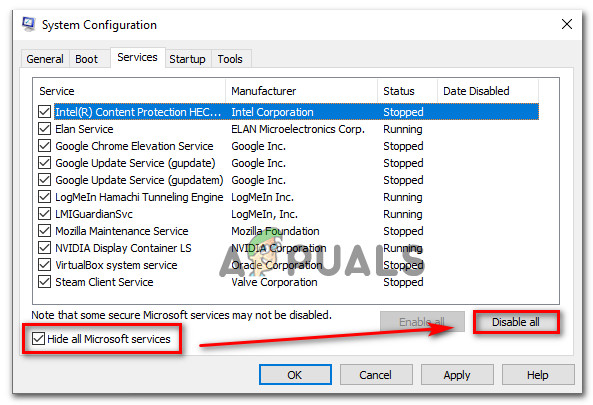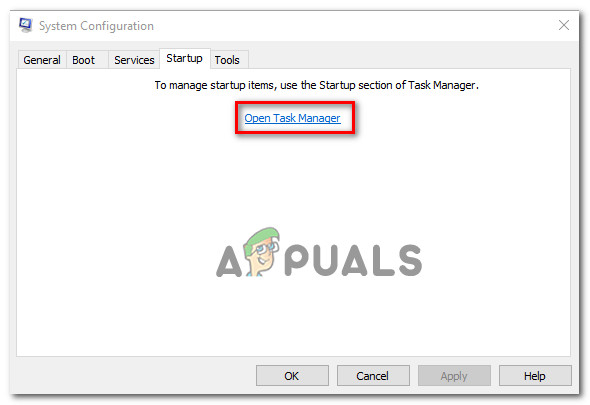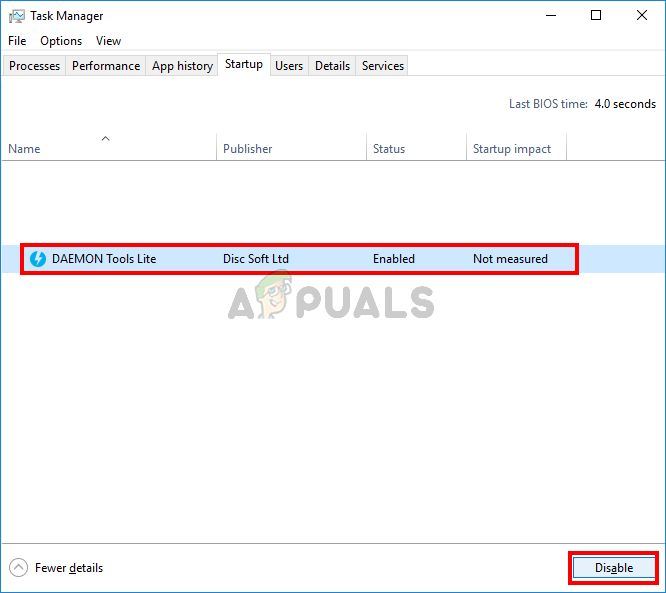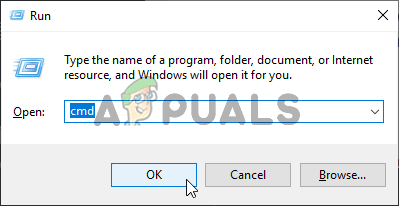What’s causing the 0xc0150004 Application Error?
We investigated this particular issue by looking into various user reports and by testing out the different repair strategies that affected users have been using to bypass this error code. As it turns out, several scenarios might lead to the apparition of the 0xc0150004. Here’s a shortlist of potential culprits that might be responsible for the annoying setup error:
Method 1: Eliminating 3rd party AV interference (if applicable)
As several affected users have reported, this issue might very well be caused by an overprotective AV suite that is somehow interfering with the default os installation component. The specifics of this issue are not explained by any 3rd party developer (as much as we’re aware of), but it’s clear that the issue has ended up affecting a lot of Windows 10 users. If you’re using a 3rd party security suite and this scenario seems applicable, you will be able to confirm or infirm your suspicions either by disabling the real-time protection of your AV suite or by uninstalling it altogether. First, let’s start by seeing if disabling real-time protection is enough. But keep in mind that this procedure will be different depending on what type of 3rd party AV suite you’re using. In most cases, you should be able to do it directly from the taskbar icon of the antivirus. Once the real-time protection is disabled, open up another setup and see if you can install the app without encountering the same 0xc0150004 error. If the issue persists, you can eliminate your 3rd party AV from the culprit list by doing a complete uninstallation and ensure that you’re not leaving behind any leftover files that might still cause this behavior. To do this, follow this article (here) for step-by-step instructions on uninstalling the 3rd party suite and removing every potential remnant file. If you do this and you discover that the problem is no longer occurring, you don’t necessarily need to opt for a different 3rd party suite – Windows Defender will kick in and automatically become the default security program. But on the other hand, if the same problem is still occurring, you can safely reinstall the 3rd party security suite once again and move over to the next method below.
Method 2: Performing a Clean boot procedure
Before you dismiss the possibility of a 3rd party interference, you should ensure that no other installed program is triggering the 0xc0150004 error by effectively disabling any 3rd party service and process that might interfere with the OS installation component. Some affected users have managed to do this by achieving a clean boot state. This will force your computer to start solely with Windows processes and services. If you boot your computer in a clean boot state and the issue no longer occurs while trying to open a setup executable, it’s clear that the issue was previously caused by some type of 3rd party interference. In this case, it becomes a matter of finding the process/service that’s causing the problem. Here’s a quick guide on performing the clean boot procedure to identify the 3rd party program that’s causing the 0xc0150004 error: If this method wasn’t applicable or you’ve followed it without success, move down to the next method below.
Method 3: Performing DISM and SFC scans
In most cases, this particular issue will occur due to a serious case of system file corruption. If this is true, it’s possible that a critical process used during the installation of new apps has become corrupted and is stopping every attempt at installing new software. As several affected users have confirmed, in this case, you should be able to resolve most conventional cases of system file corruption by running a couple of built-in utilities designed to deal with logical errors and system file corruption – SFC (System File Corruption) and DISM (Deployment Image Servicing and Management). Although both utilities are useful in situations where system corruption is involved, the two have different approaches when it comes to the fixing part. DISM is better at fixing OS components while SFC is more efficient with logical drive errors. Keep in mind that DISM requires a stable Internet connection cause it relies on WU to download healthy copies that will be used to replace corrupted instances, while SFC is a 100% local tool that only uses a locally cached copy to replace corrupted instances. But because both utilities are efficient with system corruption, we encourage you to run both to ensure that you maximize your chances of resolving the 0xc0150004 error. Here’s what you need to do: If the 0xc0150004 error is still occurring, move down to the next method below.
Method 4: Performing a repair install / clean install
If you’ve followed all the instructions above with no real success, there’s a high chance that you’re encountering the 0xc0150004 error is occurring due to an underlying problem that cannot be resolved with conventional end-user methods. If this scenario is applicable, the only viable fix is to reset every software component. Several affected users that have found themselves in a similar situation have reported that they were finally able to resolve the issue either after doing a clean install or an in-place repair (repair install). Both utilities will ultimately help you achieve the same thing, but they have different approaches: A repair install is a longer and more tedious procedure, but the major advantage is that you get to keep all your data including games, applications, personal media, and even some user preferences. A clean install, on the other hand, is simple and effective, but the major downside is that you will lose any personal data if you don’t back them up in advance.
How to Fix ‘The Application-Specific Permission Settings do not Grant Local…How to Fix the Blizzard Error ‘The Application Encountered an Unexpected Error’?How to Fix Event 1000 Application Error on Windows 10How to Fix WerFault.exe Application Error on Windows?
